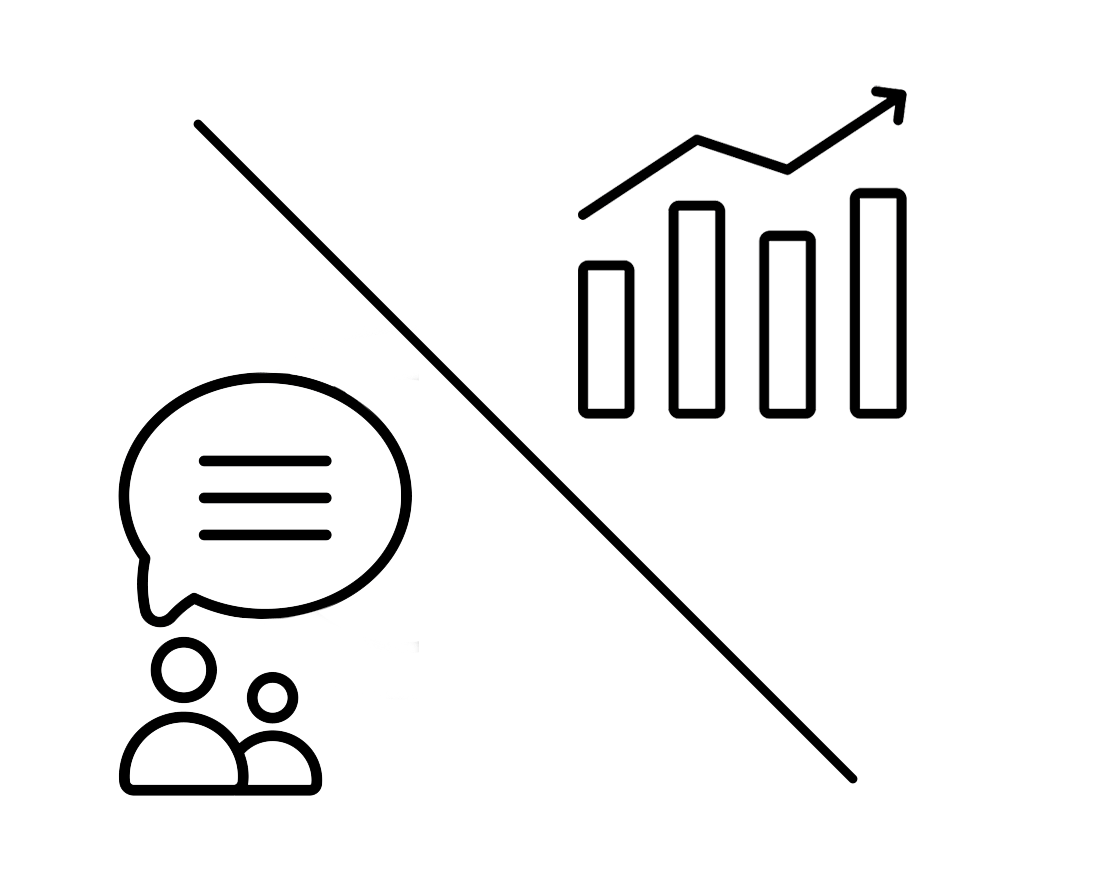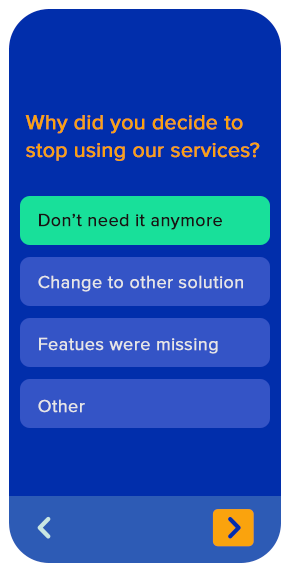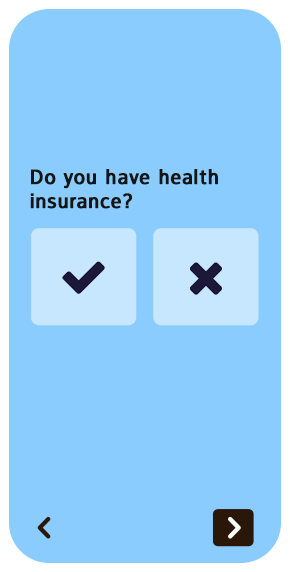Survey definition
It is both an information-gathering technique and a printed or electronic sheet consisting of one or more questions on a given topic. Because the questionnaires are often attended by people from specific groups, e.g., students, women on maternity leave, or retirees. For this reason, there may be a sample bias/sampling error that is therefore not representative. Therefore, the survey allows you to establish and maintain contact with a given target group, but it should be treated with caution when making strategic decisions. The ultimate purpose of a survey is to find out more about a particular group of people. For example, businesses use surveys to learn more about how specific consumers behave.
When it comes to answering survey questions, respondents have two options. For open-ended questions, they can explain their answer in a descriptive style, depending on the question type. For close-ended questions, they are asked to choose a response or an answer from a pre-defined set of options.
Surveys are the standard method for completing research in which the respondents are addressed concerning awareness, demographics, motivations, and behavior.
In the end, surveys and questionnaires have more in common than different, one being part of the other, with the only distinction being how they are presented to a respondent.
The way you design, implement and analyze a survey impacts your results as much as the questions you ask.
- Survey design marks a critical difference between survey and questionnaire. It involves planning each part of your survey project—from defining your survey goals to aligning who reviews your survey responses. Familiarize yourself with ready-made survey templates that you can quickly adapt to your requirements.
- The way you collect responses also impacts your survey. You can use several approaches to collecting feedback–including sharing a link to your survey on social media, emailing the survey to your audience, and embedding it on your site.
- Connect your surveys and forms to your favorite apps. Integrations offer a virtually endless number of ways to segment, aggregate, and analyze your survey responses so that you can better understand your feedback and make significant decisions
A questionnaire is one-purpose data collection through a set of questions.
A survey is data collection through a set of questions for statistical analysis.










